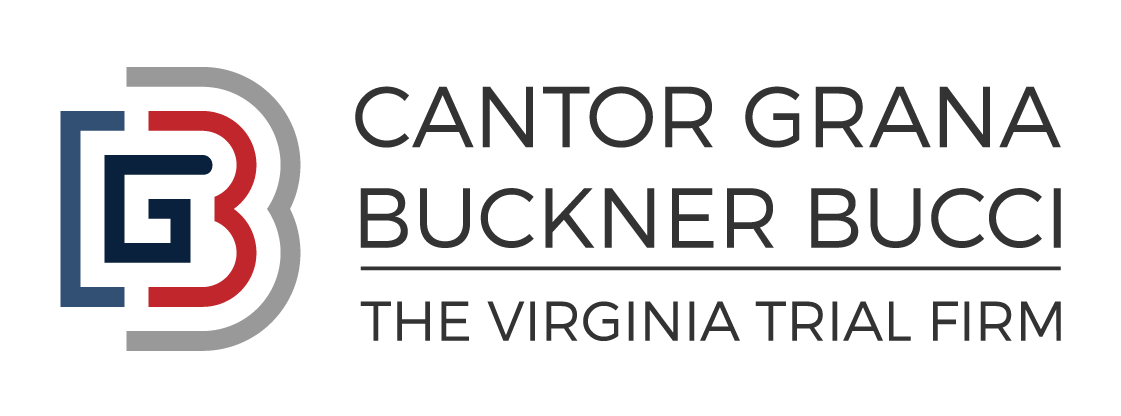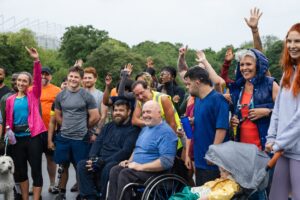Navigating the Complexities of Executive Function After Traumatic Brain Injury
Understanding Executive Function
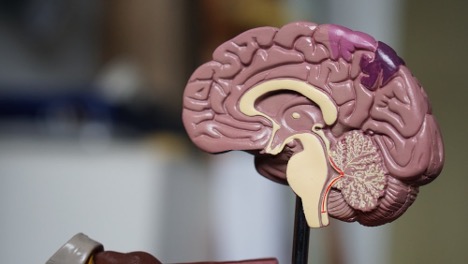
[1]Executive function is a set of mental skills that include working memory, flexible thinking, and self-control. We use these skills every day to learn, work, and manage daily life. Most of our higher-level thinking is mediated by the frontal lobes, which are frequently damaged in a traumatic brain injury incident.
Executive function deficits can make it hard to focus, follow directions, and handle emotions, among other things. This easy-to-read article from Psychology Today breaks the topic into 3 parts:
- Understanding Executive Function
- Executive Functioning Problems
- Improving Executive Function
Executive functioning skills improve with practice, but don’t transfer or generalize easily. However, using a structured process to solve real life problems is an effective way to practice and build executive functioning skills. This article provides ideas that can be used to improve executive functioning.
Predicting Functional Outcomes
A review examining the ability of three commonly used tests of executive functioning to predict functional outcomes in individuals with a traumatic brain injury: the Trail Making Test (TMT-B), the Wisconsin Card Sorting Test (WCST), and Verbal Fluency (VF) The authors, researchers at the University of Birmingham, reviewed more than 700 studies, and analyzed the data from the 24 studies that met inclusion criteria. They crunched the numbers some more, and learned TMT-B and the WCST were significantly associated with functional outcomes. The TMT-B was also associated with a person’s ability to return to driving. However, none of them were associated with employment outcomes following a TBI.
You can see the abstract here.
INCOG Guidelines
Moderate to severe traumatic brain injury (TBI) results in complex cognitive sequelae, and clinical practice guidelines help translate the findings of many clinical trials into practice. An international group of cognitive researchers and clinicians (known as INCOG) recently updated the Guidelines for Cognitive Rehabilitation Following TBI.
The INCOG 2.0 update contains 80 recommendations in total; 27 are new. They focus on assessment, principles of cognitive rehabilitation, medications to enhance cognition, teleassessment, and telerehabilitation intervention. The guidelines cover Posttraumatic Amnesia, Attention and Information Processing Speed, Cognitive-Communication, Social Cognition Disorders and Memory. They also have a section on Executive Function, and here’s a glimpse at one of their recommendations: [2]

This link goes to the Executive Function recommendations, but you can get to the rest of them from that page.
Virtual Reality
Non-immersive virtual reality-based training may be a treatment strategy to improve executive abilities and reduce anxiety and depression symptoms in patients with TBI.
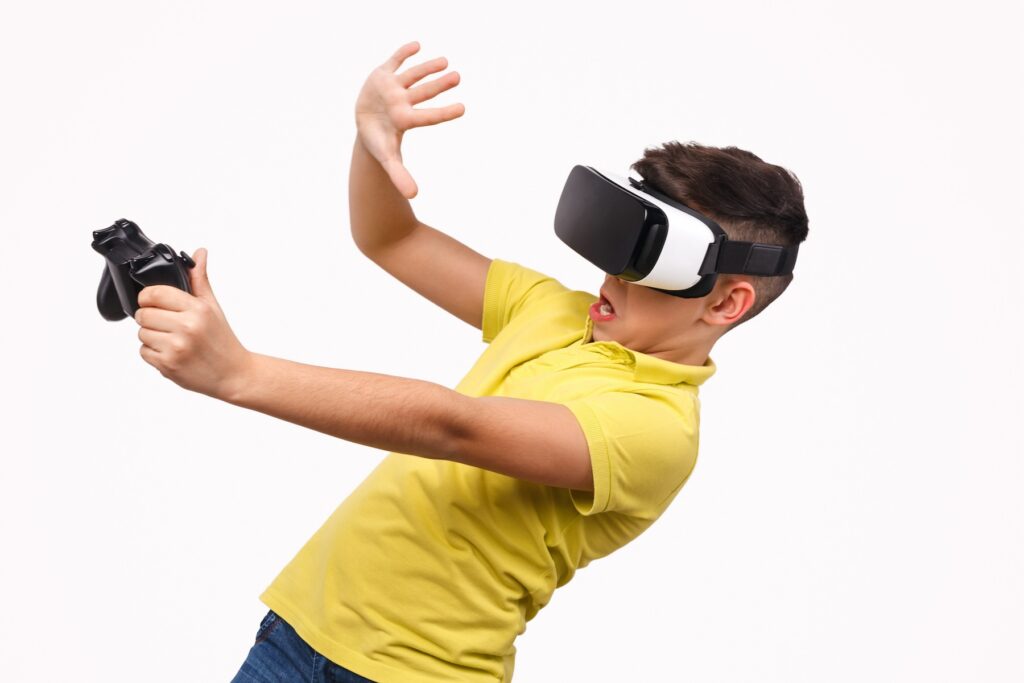
Researchers enrolled 20 patients with moderate to severe TBI to receive either a “standard” cognitive training protocol or a new protocol for cognitive training using a virtual reality (VR-CT) rehabilitation system. Each group received the same amount of rehabilitative training, which included Reality Orientation Therapy and Executive Training; however, the approaches were different, i.e., paper and pencil vs. VR. All patients were evaluated with a specific battery of tests before and after each program.
After comparing pre- and post-treatment scores, researchers found statistically significant improvements in outcome measures for cognitive and executive functioning in the VR-CT group. They also detected improvements in anxiety, vitality, positive well-being, self-control, coping strategies (social support, avoidance strategies, positive attitude), and problem-solving scores. In the paper and pencil group, improvement was found on fewer of the tests, suggesting VR rehabilitation may be a motivating and valuable treatment strategy to improve visuo-executive abilities, coping strategies and mood in chronic TBI patients.
Read more here on Virtual Reality and Cognitive Rehab.
Executive Function at Trial
Given the complex nature of executive function, it’s critical to have a trial strategy that demonstrates the extent of a client’s executive functioning disorder after brain injury across every aspect of their life, from how they work to how they manage frustration and change, to the quality of their relationships and overall life satisfaction.
Certainly, there are normed and standardized tests that can demonstrate decreased information processing skills, or impaired attention and concentration, and a neuropsychologist can provide a great deal of that sort of data.
But a good trial lawyer understands the numbers tell a very small piece of the story, and they don’t tell the jury how someone has changed after the accident. You need lay witnesses to do that. They’re the ones that can make the injury, the changes, and the issues someone may face for the rest of their life real for the jury.
The best lay witnesses are those who have known the client for years and can say things like “I always thought she was a neat freak; her house was always picked up and she never left dishes in the sink. Now she won’t shower for weeks at a time, and I’ve seen cockroaches in her kitchen.” Or the ex-wife who says “He used to be able to juggle the demands of his, mine and the kids’ schedules, and he can’t do that anymore; he’s constantly missing appointments, and gets so overwhelmed his brain just stops working.” Or the co-worker who says, “He was my favorite person to work on a project with. He did what he was asked, did it right, and with a smile or a joke when the pressure was on. Now his work requires someone to check it; he’s frequently stressed and it shows.”
Getting to know those who know your client will paint a more complete picture of the person your client was, is now, and will be in the future. Making sure the jury understands the chronic nature and life-long implications of the injury is key to obtaining a verdict that will ensure someone has the resources they need to manage their life after a TBI. He was almost borderline OCD with his cleaning habits before the accident,
Provider Spotlight
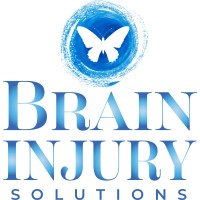
Brain Injury Solutions was founded in 2000 by Fran and Greg Rooker, who encountered a lack of services for their son who acquired a brain injury. Starting in the New River Valley of Virginia, they now serve over 30 counties and cover all of Southwest and parts of Central and Southside Virginia. Their main service is community-based case management for children and adults; they also offer support groups, tele-health support/informative groups, a buddy program, and community support specialist services. All their services are provided for free.
Visit http://www.bisolutions.org/ to learn more!
Did You Know?
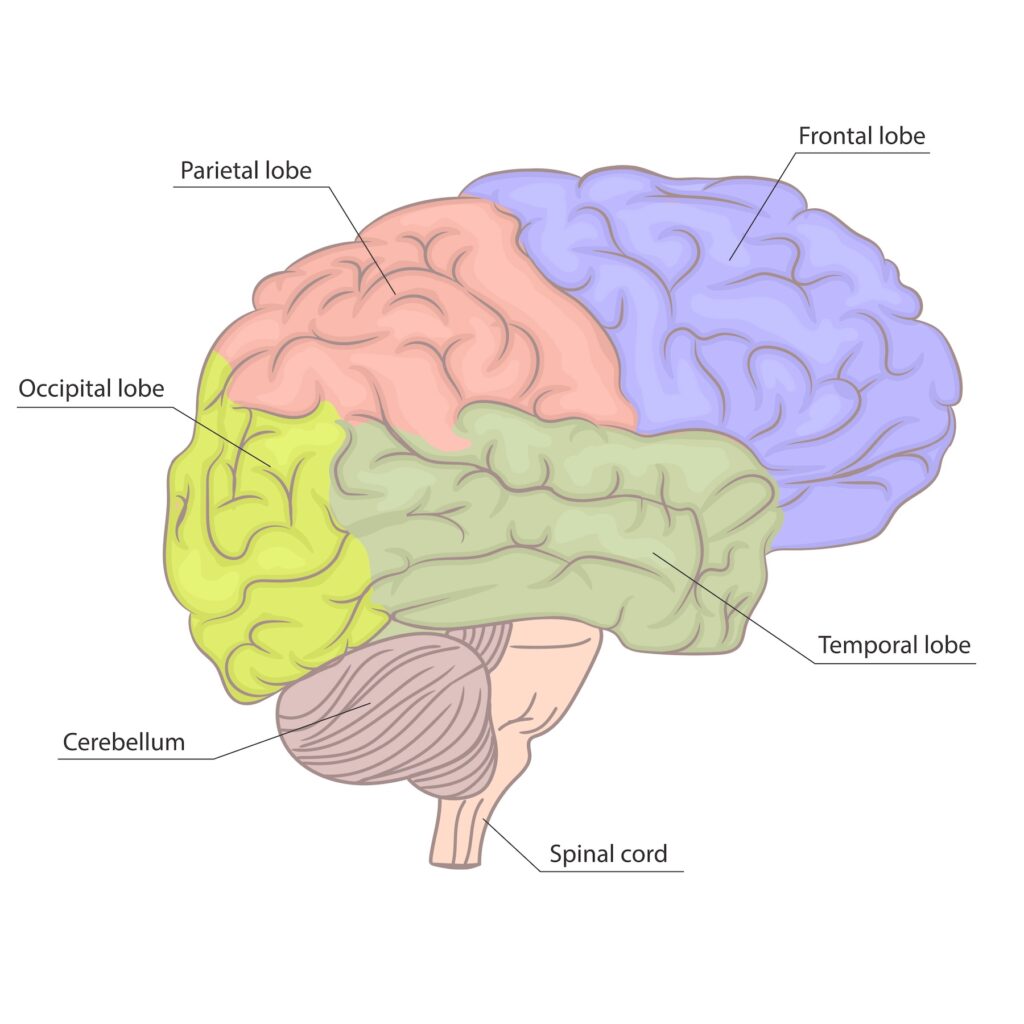
Some of the most complex processes in the brain occur in the prefrontal cortex (PFC), located just behind your forehead. The processing that takes place there is known as executive function, and it includes things like planning, organizing, decision-making, and impulse control. It is one of the last regions of the brain to develop, not reaching full maturity until adulthood. So yes, kids, teenagers, and young adults really aren’t using those skills well until they get to be about 25. Doesn’t that explain so much? [4]
[1] https://unsplash.com/photos/brown-brain-decor-in-selective-focus-photography-3KGF9R_0oHs
[2] https://apps.asha.org/EvidenceMaps/Articles/ArticleSummary/8ba6ea6c-1191-ed11-8141-005056834e2b
[4] https://www.freepik.com/free-vector/brain-anatomy-composition-with-isolated-profile-view-human-brain-with-colored-parts-text-captions-vector-illustration_43869051.htm#query=frontal%20lobe&position=2&from_view=keyword&track=ais&uuid=bffa753e-3c53-4f25-9881-31dd04df2d2e
